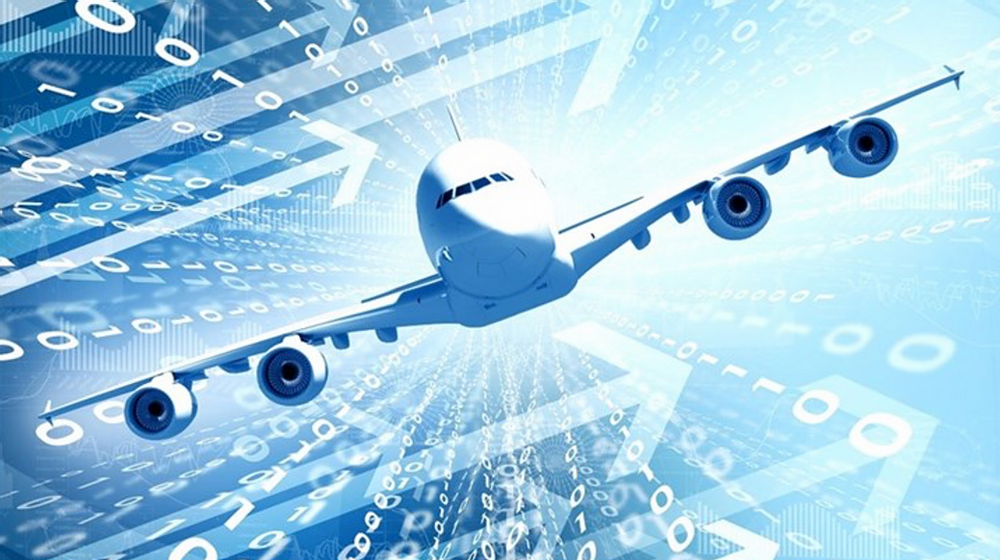Since several years the production of electric vehicles (EV) is increasing faster than expected. With decreasing production costs these EVs become more affordable and thus more customer choose these over a normal car. But these EVs also need to be charged every once in a while. Not everyone has the luxury of charging their EV at home, mainly due to the lack of parking space in big cities.
This is definitely the case in the Netherlands. The municipalities have around 37% of the neighbourhoods covered with public charging stations, but even then the number of EVs is not proportionally related to the number of these public charging stations. Municipalities only act on this issue once EV drivers request an increase in public charging stations in their own neighbourhood, but not everyone knows this is the procedure to get it done.
Driving electric is an important step towards becoming more sustainable. It is therefore important that car drivers who are in need of a new car are encouraged to buy an EV. But the infrastructure must be available to make it attractive to drive electric. Besides it being important that renewable energy is used to charge, the first step must be made towards increasing the availability of charging stations. Since municipalities have to go through so many procedures before actions are taken, a nice initiative would be to create a platform for this to regulate charging at charging stations.
What would be your suggestion on how to solve this matter?
Jacobs, I., 2020. Laadpalentekort Neemt Toe, Veel Publieke Palen Overbelast. VerkeersNet. Available at: https://www.verkeersnet.nl/duurzaamheid/34923/laadpalentekort-neemt-toe-veel-publieke-palen-overbelast/?gdpr=accept


